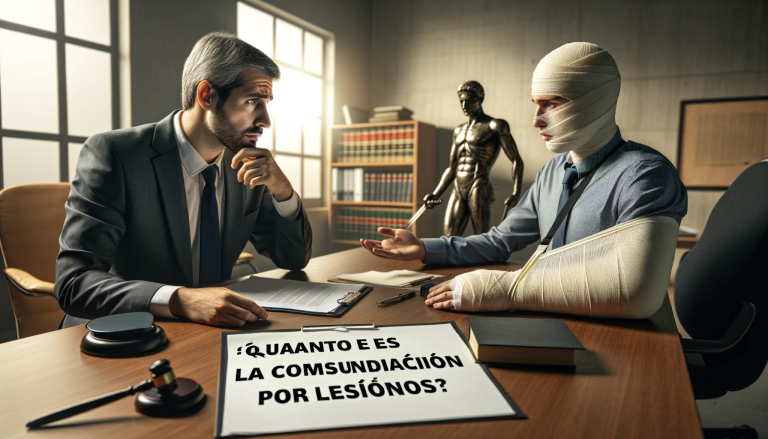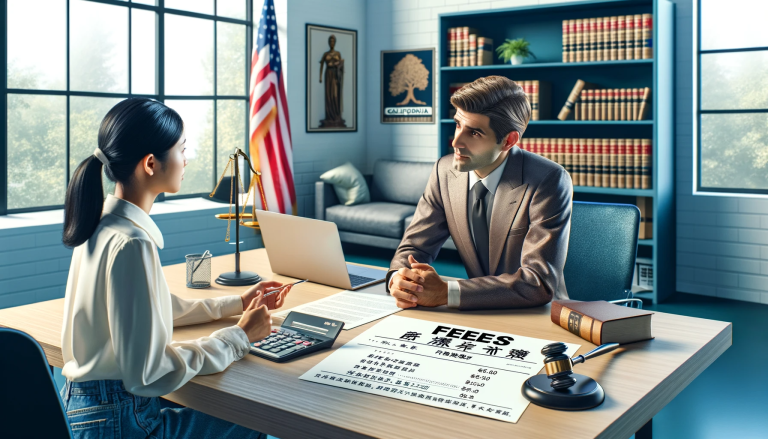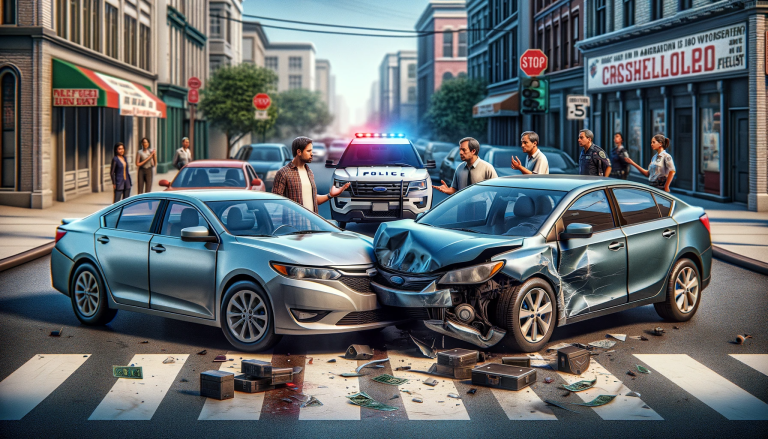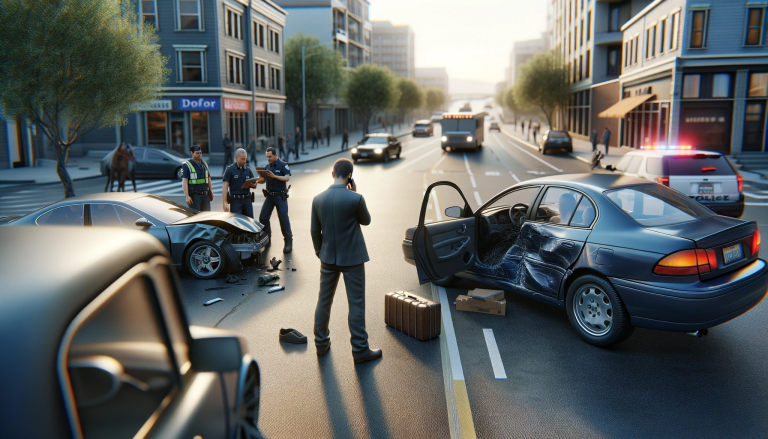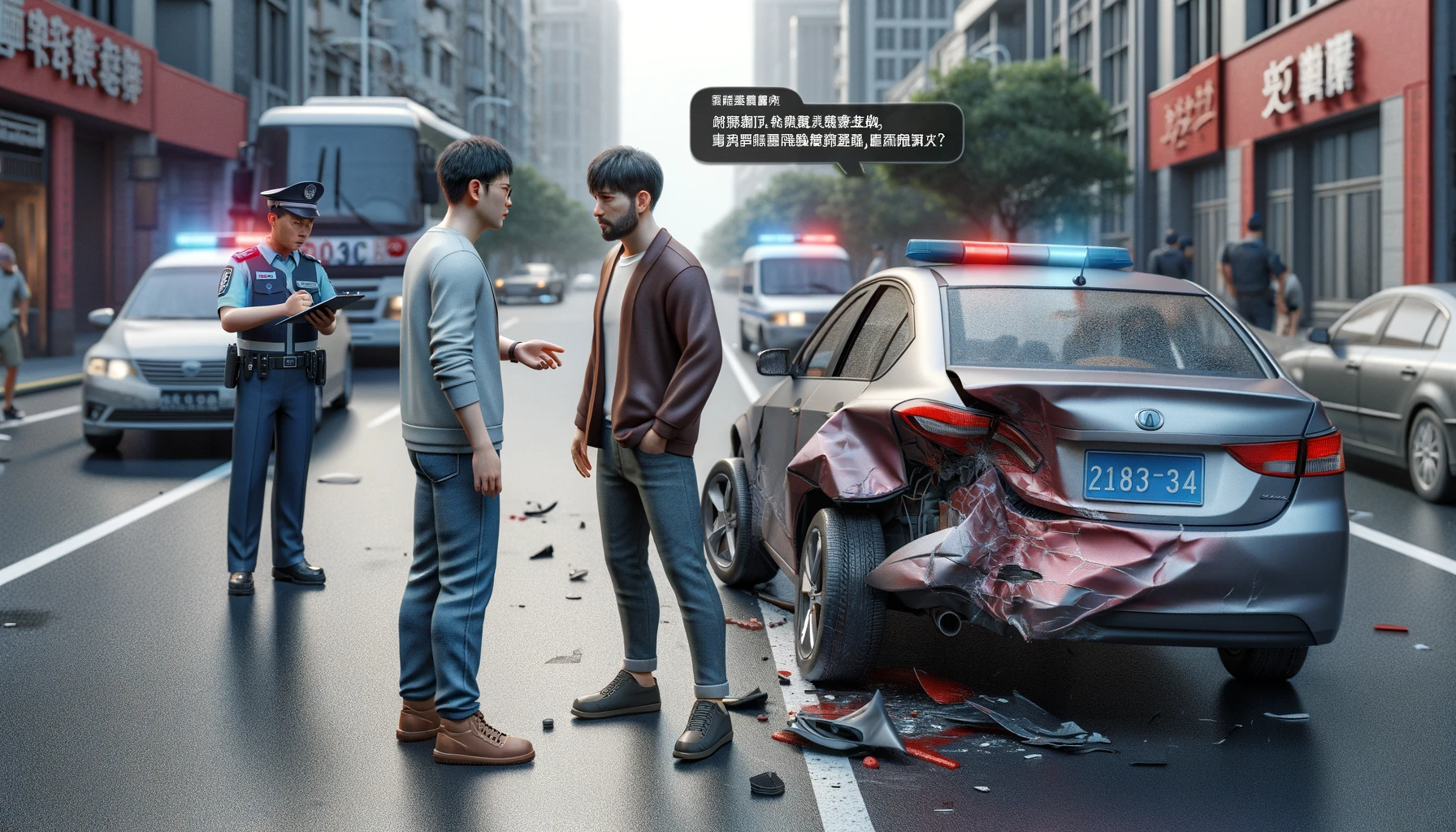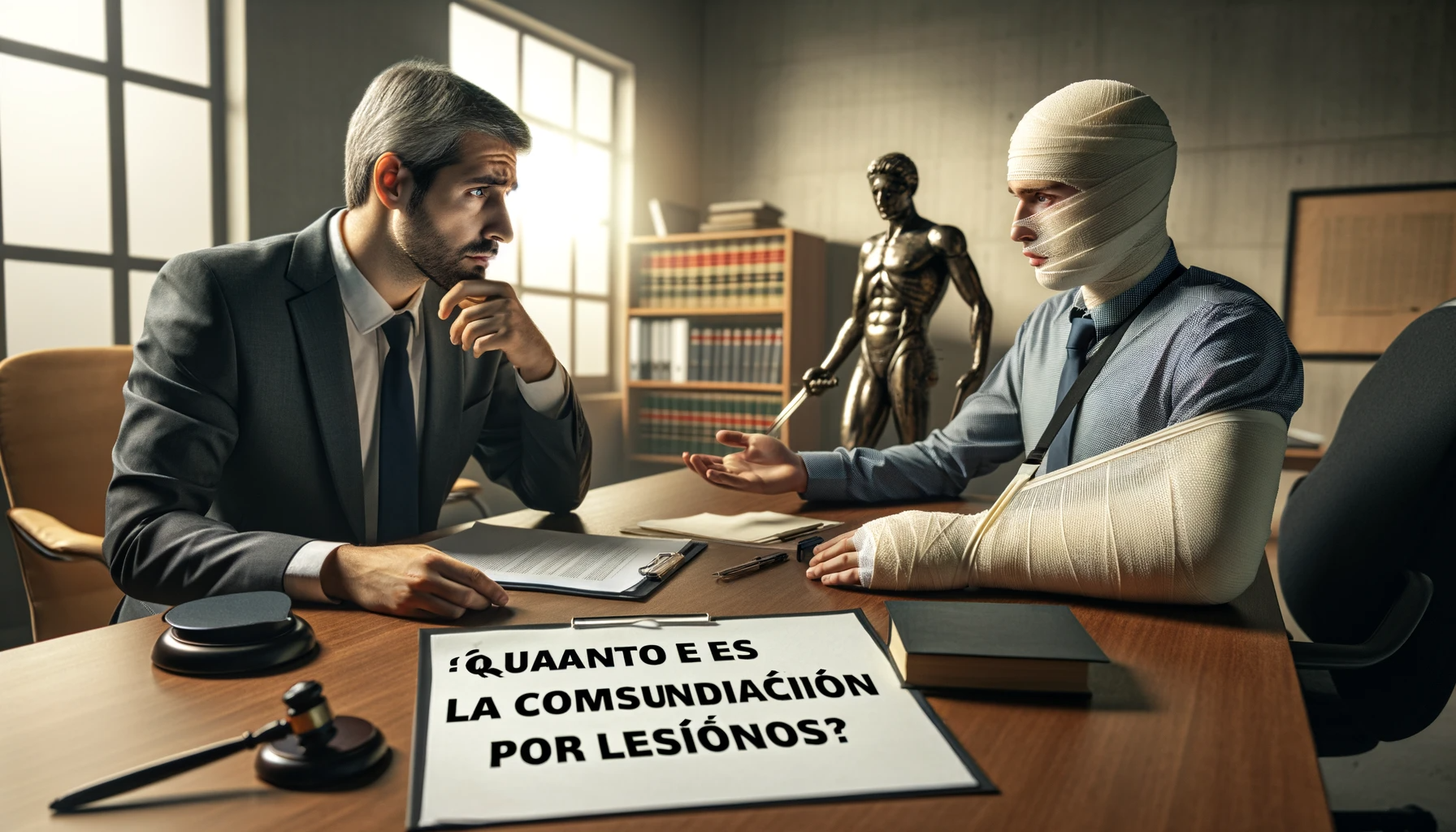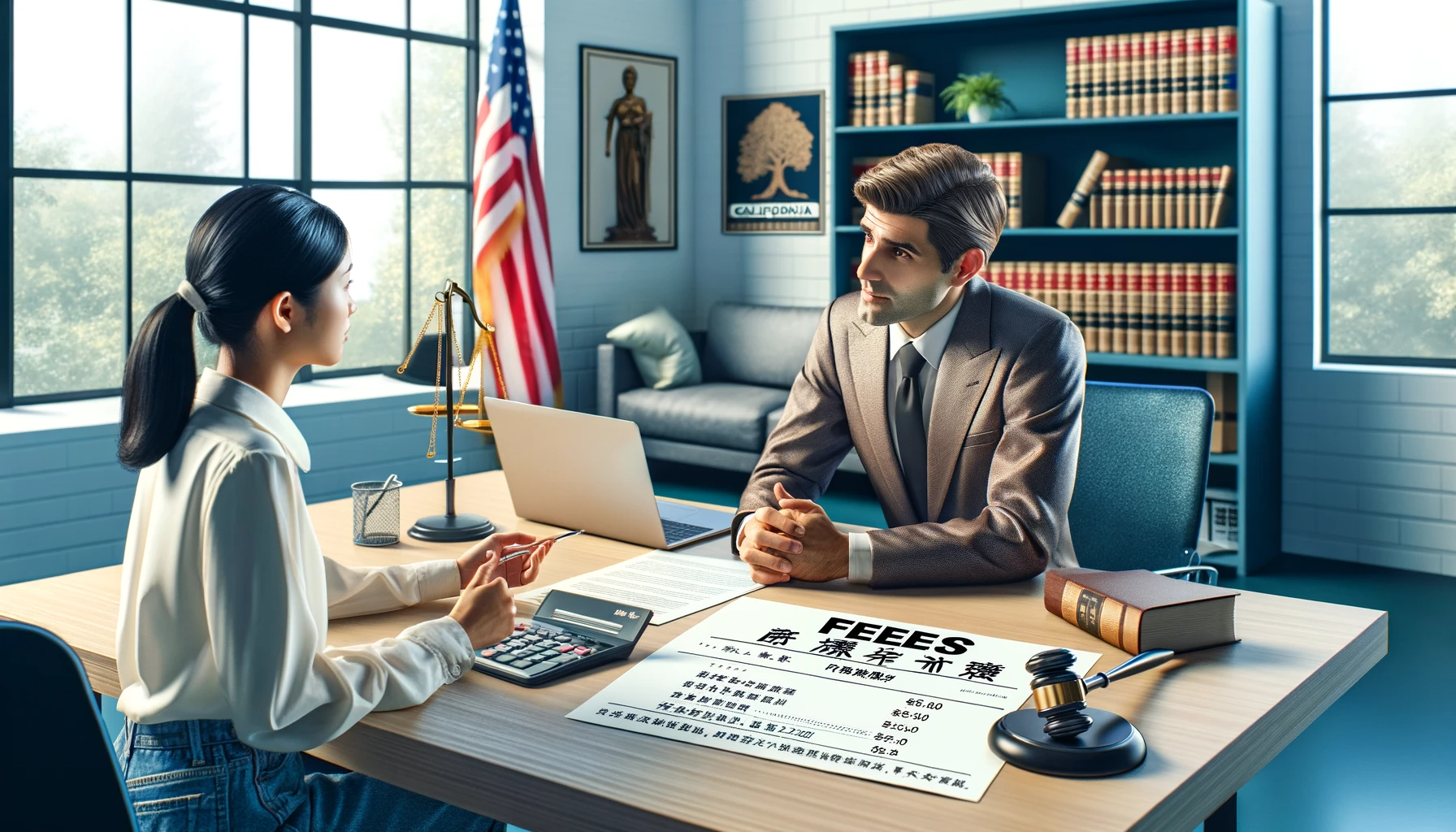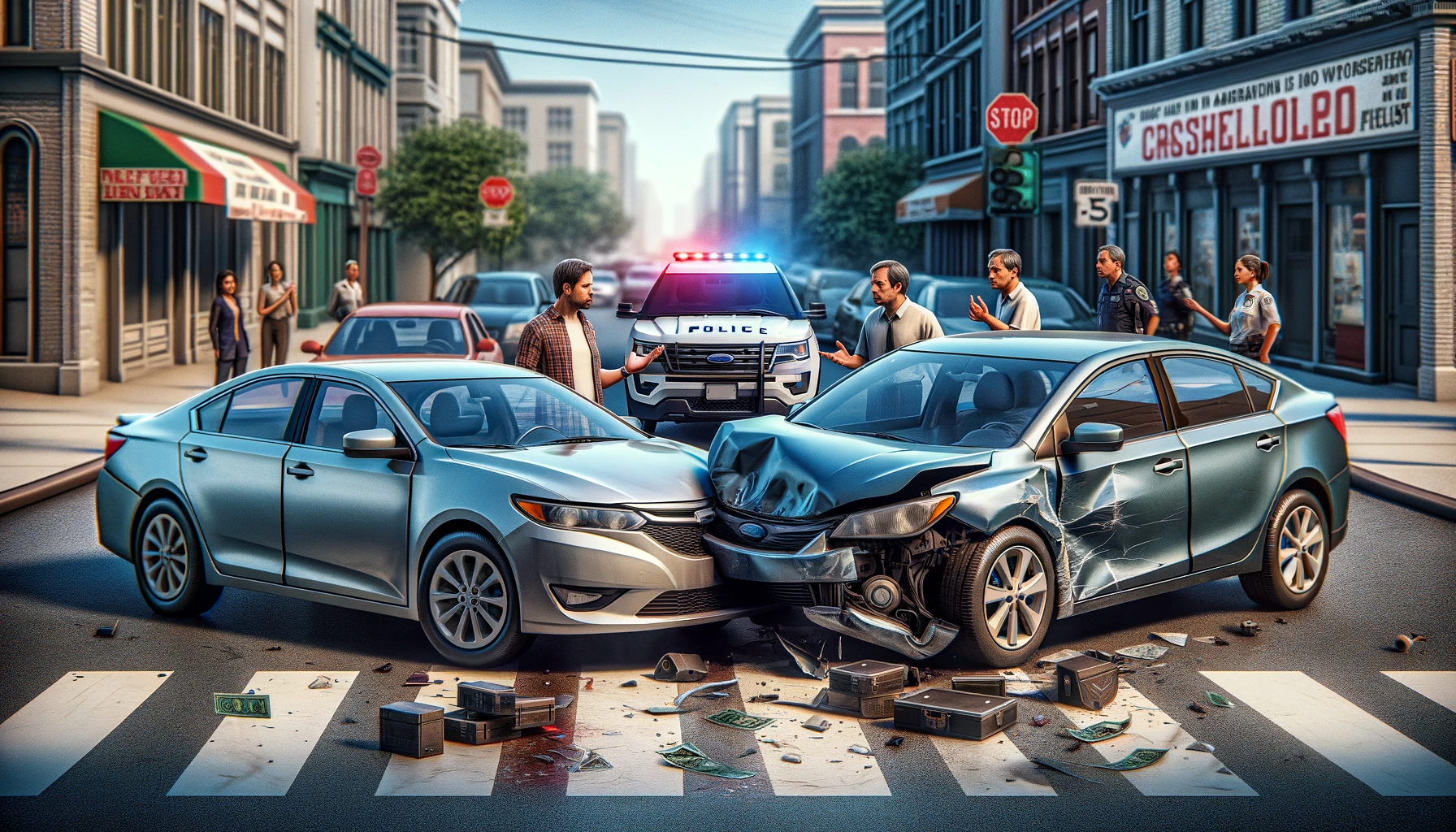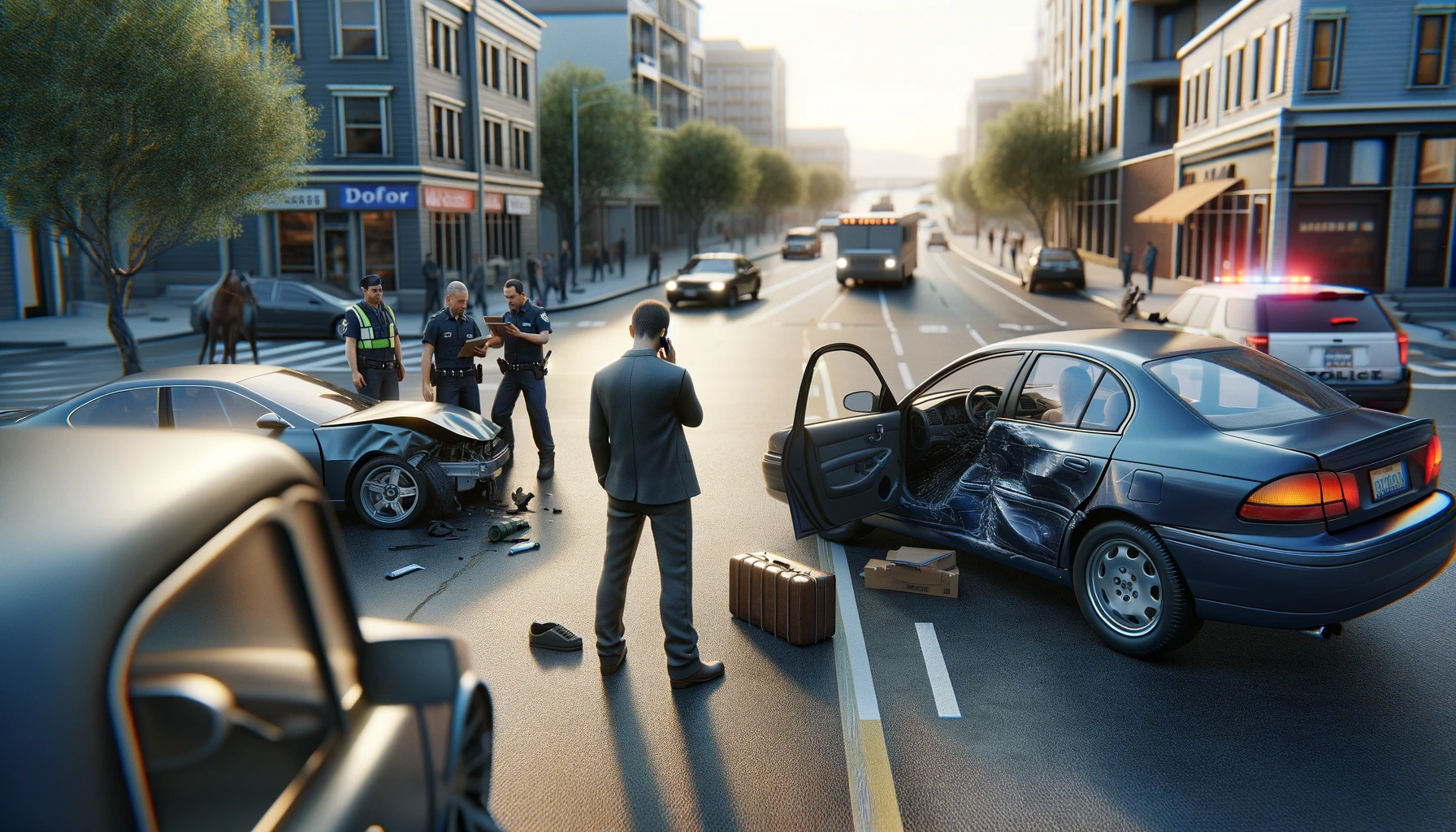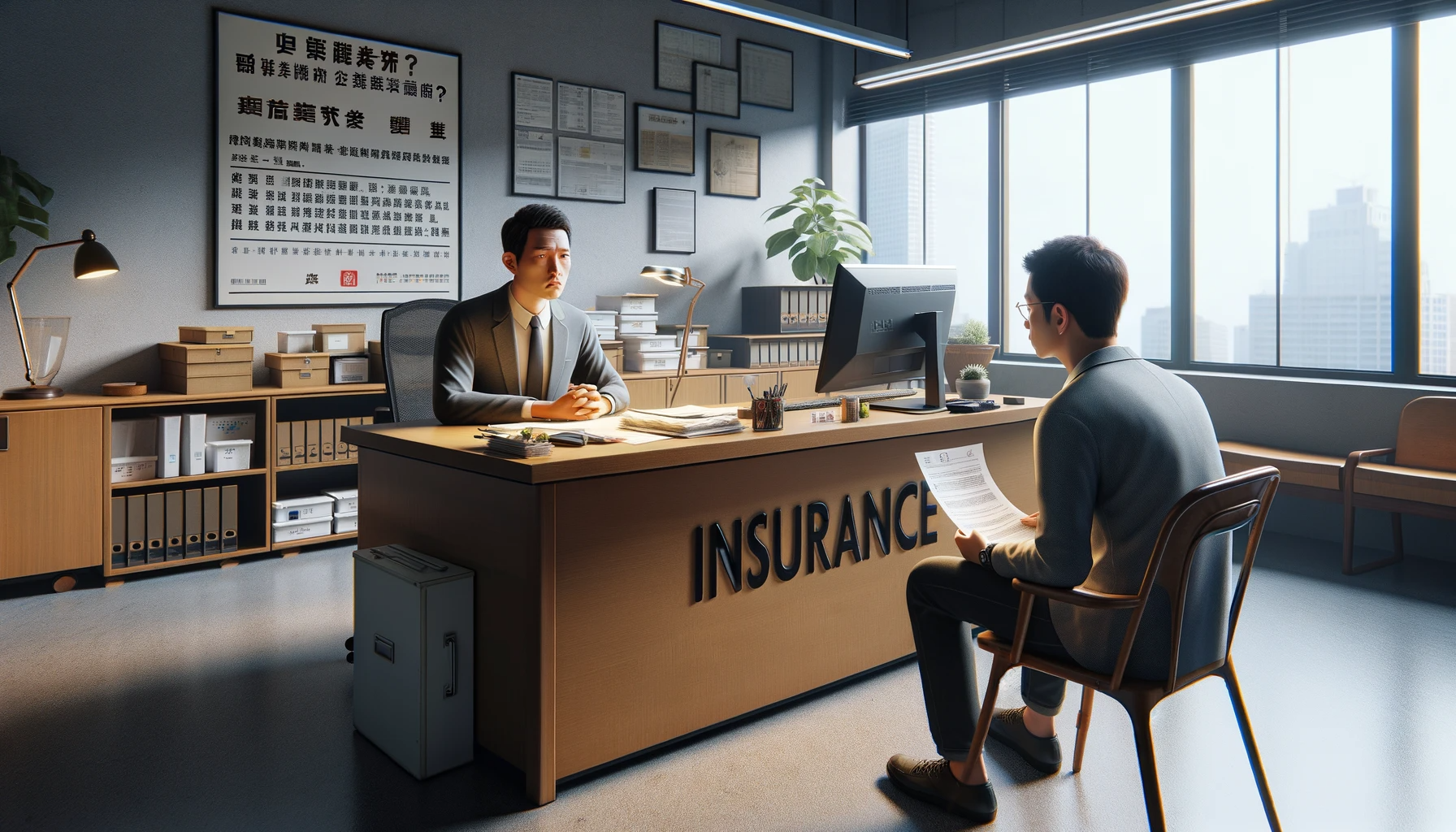Unraveling the Legal Maze: Exploring Resources for Determining Fault in Auto Accident
Introduction
Auto accidents are unfortunate events that can lead to significant physical, emotional, and financial strain. One of the first and most crucial steps after an accident is determining who is at fault. Fault determination not only influences insurance claims but also legal proceedings, making it a critical aspect of post-accident management. However, this process is often far from straightforward. This article will guide you through the complexities of fault determination, providing insights, resources, and practical advice to help you navigate this legal maze.
Definition of Fault
In the context of
auto accidents, "fault" refers to the responsibility for causing the collision. The party at fault is typically liable for damages, whether to property, vehicles, or individuals involved. Determining fault involves assessing the actions of the drivers and any other contributing factors to establish who, if anyone, violated traffic laws or acted negligently.
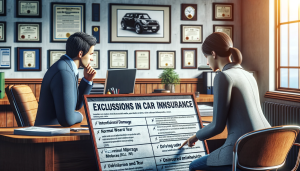
The Role of Fault in Legal and Insurance Claims
Fault plays a pivotal role in legal and insurance contexts. Legally, the party at fault may be required to compensate the other party for damages. In terms of insurance, fault impacts how claims are processed and who bears the financial burden. Understanding fault is essential for anyone involved in an accident, as it directly affects the outcome of any claims or legal actions.
Types of Auto Accidents and Common Fault Scenarios
Rear-End Collisions
Rear-end collisions are one of the most common types of accidents. In most cases, the driver who rear-ends another vehicle is considered at fault, primarily because drivers are expected to maintain a safe following distance.
Intersection Accidents
Accidents at intersections often involve disputes over who had the right of way. These cases can be complex, as fault may be shared or contested, depending on the circumstances and available evidence.
Parking Lot Mishaps
Parking lots are hotspots for minor accidents, such as fender benders and door dings. Fault in these situations often depends on factors like right of way, speed, and whether the vehicle was moving or stationary.
Multi-Vehicle Pile-Ups
Multi-vehicle accidents are particularly challenging when it comes to determining fault. In these cases, fault may be distributed among several parties, with each contributing to the chain reaction that led to the pile-up.
Legal Concepts of Fault
Negligence
Negligence is a legal concept that refers to a party's failure to act with the level of care that a reasonable person would in similar circumstances. In
auto accidents, proving negligence is key to establishing fault.
Comparative Fault
Comparative fault, or comparative negligence, allows fault to be shared among multiple parties. Each party's degree of fault is assessed, and compensation is adjusted accordingly.
Contributory Negligence
In states with contributory negligence laws, if you are found to be even slightly at fault for the accident, you may be barred from recovering any damages. This strict standard can make fault determination especially critical.
No-Fault States
In no-fault states, drivers are required to carry
personal injury protection (PIP) insurance, which covers their own injuries regardless of who was at fault. However, fault may still be relevant for property damage claims or serious injuries.
The Role of Police Reports
How Police Reports Influence Fault Determination
Police reports are often a key piece of evidence in determining fault. These reports typically include the officer's observations, statements from those involved, and any citations issued, all of which can heavily influence the fault determination process.
Obtaining a Copy of the Police Report
It’s essential to obtain a copy of the police report after an accident. This document can provide valuable information and may be necessary when filing an insurance claim or pursuing legal action.
Understanding What’s in the Police Report
Police reports usually contain details about the accident's location, the vehicles involved, witness statements, and any citations or charges filed. Reviewing this information carefully can help you understand the officer's perspective on fault.
The Role of Insurance Companies
How Insurance Companies Determine Fault
Insurance companies conduct their own investigations to determine fault. They review police reports, interview witnesses, and examine the evidence provided by both parties. Their goal is to assess liability and determine how claims should be paid.
The Importance of Providing Accurate Information
When dealing with insurance companies, providing accurate and detailed information is crucial. Any discrepancies or false statements can complicate the process and potentially harm your case.
What to Do If You Disagree with the Insurance Company’s Determination
If you disagree with the insurance company's determination of fault, you have the right to challenge it. This may involve providing additional evidence, requesting a review, or pursuing legal action if necessary.
Gathering Evidence at the Scene
Importance of Documentation
Documenting the scene of the accident is one of the most important steps you can take. Photos, videos, and detailed notes can all serve as crucial evidence when determining fault.
Types of Evidence to Collect
At the scene, gather photos of the vehicles, the accident location, any visible injuries, and anything else that might be relevant. Additionally, obtain contact information from witnesses and note down their statements.
Witness Statements
Witness statements can provide an unbiased account of the accident. If possible, obtain written or recorded statements from witnesses at the scene, as these can be invaluable in the fault determination process.
The Role of Traffic Laws
How Traffic Laws Impact Fault Determination
Traffic laws play a significant role in fault determination. Violations such as running a red light, speeding, or failing to yield can strongly influence who is considered at fault.
Common Traffic Violations That Lead to Accidents
Understanding common traffic violations, like illegal turns or distracted driving, can help you assess the other party's actions and how they may have contributed to the accident.
Using Technology to Determine Fault
Dashcams
Dashcams are becoming increasingly popular as a tool for recording accidents. Footage from a dashcam can provide clear evidence of the events leading up to and during a collision.
Accident Reconstruction Technology
In more complex cases, accident reconstruction technology can be used to analyze the scene and determine the sequence of events. This technology can provide detailed insights that are not always evident from photos or witness statements alone.
Mobile Apps for Accident Reporting
Several mobile apps are available to help drivers document accidents and report them to their insurance companies. These apps often guide users through the process of gathering and submitting the necessary information.
Hiring a Lawyer
When to Consider Legal Representation
If you're involved in a serious accident or if fault is heavily disputed, hiring a lawyer can be a wise decision. A lawyer can provide expert guidance, help gather evidence, and advocate on your behalf.
How a Lawyer Can Help in Fault Determination
A lawyer can assist in collecting and presenting evidence, negotiating with insurance companies, and representing you in court if necessary. Their expertise can be crucial in complex or contested cases.
Finding the Right Lawyer for Your Case
When searching for a lawyer, look for someone with experience in
auto accident cases. Personal recommendations, online reviews, and consultations can all help you find the right legal representation.
Understanding Comparative and Contributory Negligence Laws
Differences Between Comparative and Contributory Negligence
Comparative negligence allows for the allocation of fault between parties, whereas contributory negligence can bar recovery if you are even slightly at fault. Understanding these differences is crucial when navigating a fault determination.
How These Laws Vary by State
Negligence laws vary widely by state. Some states follow pure comparative negligence, while others adhere to modified versions or contributory negligence rules. Knowing your state’s laws can help you understand how fault will be determined.
Examples of How These Laws Affect Fault Determination
For instance, in a comparative negligence state, if you are found to be 20% at fault, you may still recover 80% of the damages. In contrast, in a contributory negligence state, being 20% at fault could mean recovering nothing.
Dealing with Disputed Fault Claims
Steps to Take If Fault Is Disputed
If fault is disputed, start by gathering and reviewing all available evidence. This might include the police report, witness statements, and any physical evidence from the scene.
Mediation and Arbitration Options
Mediation and arbitration offer alternative dispute resolution options that can be less costly and time-consuming than going to court. These processes involve a neutral third party who helps facilitate a resolution.
Preparing for Court If Necessary
If mediation or arbitration does not resolve the dispute, you may need to prepare for court. This involves gathering evidence, preparing witness testimony, and working closely with your lawyer to build a strong case.
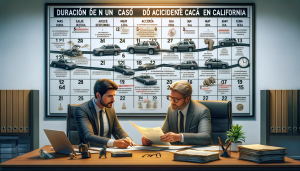
The Impact of Fault on Insurance Rates
How Being at Fault Affects Your Insurance Premiums
Being at fault in an accident can lead to an increase in your insurance premiums. The extent of the increase depends on factors such as the severity of the accident and your previous driving record.
Ways to Mitigate Increases in Insurance Costs
To mitigate increases in insurance costs, consider taking a defensive driving course, maintaining a clean driving record, and exploring discounts offered by your insurer. Shopping around for new insurance providers may also help you find a better rate.
Preventative Measures to Avoid Fault in Accidents
Defensive Driving Tips
Defensive driving involves being aware of potential hazards and responding appropriately to avoid accidents. This includes maintaining a safe following distance, obeying traffic laws, and staying alert at all times.
Vehicle Maintenance and Safety Features
Regular vehicle maintenance, such as checking brakes and tires, can help prevent accidents. Additionally, modern safety features like collision warning systems and automatic braking can reduce the likelihood of being at fault.
The Importance of Staying Alert and Focused on the Road
Distracted driving is a leading cause of accidents. Staying focused on the road, avoiding distractions like texting, and being mindful of your surroundings are essential to preventing accidents and avoiding fault.
Conclusion
Navigating the process of determining fault in an
auto accident can be challenging, but understanding the key concepts and resources available can make the journey smoother. From gathering evidence to working with insurance companies and possibly seeking legal representation, each step plays a crucial role in ensuring a fair and accurate fault determination. By staying informed and proactive, you can better protect your rights and interests in the aftermath of an
auto accident.
Look for an attorney who has the right legal resources for your legal needs.
Contact us here on the
Warmuth Law website or through our hotline 888-517-9888.
Frequently Asked Question(FAQ's)
1. What should I do immediately after an auto accident?
Immediately after an
auto accident, ensure your safety and the safety of others. Call emergency services if needed, exchange information with the other driver, and document the scene with photos and notes.
2. Can fault be determined without a police report?
Yes, fault can be determined without a police report, though it may be more challenging. Other evidence, such as witness statements and photos, can help establish fault.
3. How does fault affect my insurance claim?
Fault determines who is responsible for covering damages. If you are at fault, your insurance may cover the other party's damages, and your premiums may increase.
4. What happens if both parties are at fault?
If both parties are at fault, the fault may be divided based on each party's degree of responsibility. This can affect the amount of compensation each party receives.
5. How can I dispute a fault determination?
To dispute a fault determination, gather evidence that supports your case, request a review from the insurance company, and consider legal representation if necessary.




